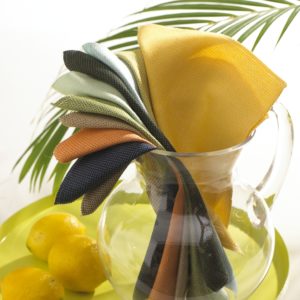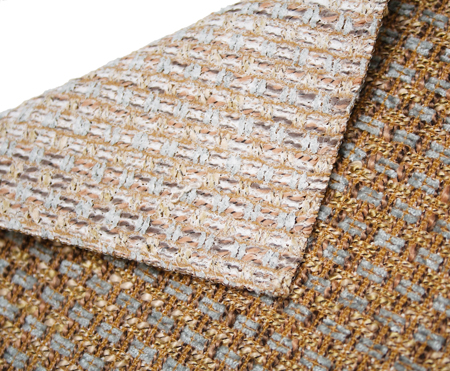Fabric 101 ~ A Lesson in Durability
 For today’s post, I’ve asked my good friends & fabric experts over at Kravet to give us a lesson in what makes a fabric durable. Selecting the right fabrics & know where to place them in your home is very important. So, sit back, grab & pen & pad & a cup of coffee (or your favorite cocktail ~ it is Friday…) and get ready to gain some great knowledge on fabrics!
For today’s post, I’ve asked my good friends & fabric experts over at Kravet to give us a lesson in what makes a fabric durable. Selecting the right fabrics & know where to place them in your home is very important. So, sit back, grab & pen & pad & a cup of coffee (or your favorite cocktail ~ it is Friday…) and get ready to gain some great knowledge on fabrics!
FABRIC DURABILITY
When selecting fabric for upholstery, one of the most important considerations is durability. Is the piece going to live in a high traffic area? Kids? Pets? You want to get the most out of your investment and make sure the fabric will hold up through the years.
 High traffic pieces such as family room chairs and sofas need durable, tightly woven fabrics that are easy to clean. Many designers are choosing indoor/outdoor fabrics for high traffic areas because they are highly durable, UV friendly and bleach cleanable. Outdoor fabrics have come a long way from their stiff, waxy roots and are available in a range of sophisticated patterns and textures. If the fabric is not specified for outdoor use, it can be treated with products such as Crypton or Nanotex for similar protection and durability.
High traffic pieces such as family room chairs and sofas need durable, tightly woven fabrics that are easy to clean. Many designers are choosing indoor/outdoor fabrics for high traffic areas because they are highly durable, UV friendly and bleach cleanable. Outdoor fabrics have come a long way from their stiff, waxy roots and are available in a range of sophisticated patterns and textures. If the fabric is not specified for outdoor use, it can be treated with products such as Crypton or Nanotex for similar protection and durability.
Fine silks and linens are beautiful and luxurious, and they work best in a more decorative capacity such as a formal living room.
When shopping for fabrics, it is common to see durability ratings in terms such as “15,000 double rubs.” This refers to a popular abrasion test conducted by the Wyzenbeek machine to evaluate fabric strength. The Wyzenbeek machine determines how many double rubs (considered one complete motion forth and back) a sample of fabric can withstand before tearing. Heavy-duty fabrics suitable for commercial use rate at 30,000 double rubs or more and residential fabrics rate at 15,000 double rubs, which is considered average. You can test a fabric yourself using your fingernail to rub a fabric sample several times to see if the yarns shift or the fabric marks.
 Another important thing to look for in a durable fabric is a balanced weave, meaning all yarns in the fabric are about the same size and strength. These fabrics will wear better than ones with heavy yarns in one direction and thin yarns in the other. A twill weave resists wear and shows soil less than a plain weave of similar quality. Latex backing can be applied to loosely woven fabrics to help stabilize them, ensuring longer wear.
Another important thing to look for in a durable fabric is a balanced weave, meaning all yarns in the fabric are about the same size and strength. These fabrics will wear better than ones with heavy yarns in one direction and thin yarns in the other. A twill weave resists wear and shows soil less than a plain weave of similar quality. Latex backing can be applied to loosely woven fabrics to help stabilize them, ensuring longer wear.
Flat-surfaced fabrics like damask, brocade and satin show the effects of abrasion because the long yarns on the surface are subject to wear. Pile fabrics like frieze, plush and velvet withstand abrasion quite well if they are made of wool and linen with a high density of fiber. Velvets are somewhat susceptible to marking, so if you want to use velvet in a high traffic area, it’s best to select a poly blend with a tightly woven W weave.
There are many things to consider when investing in a beautiful fabric for your home, and durability is one of them. Understanding how different fabrics react to wear and tear will help you make an informed decision for your home and your family that you will enjoy for years to come!
I’d like to give a huge thank you to Kravet for the wonderful info they’ve provided to pass on to my readers! I hope everyone has a fabulous weekend! xoxo Shay
